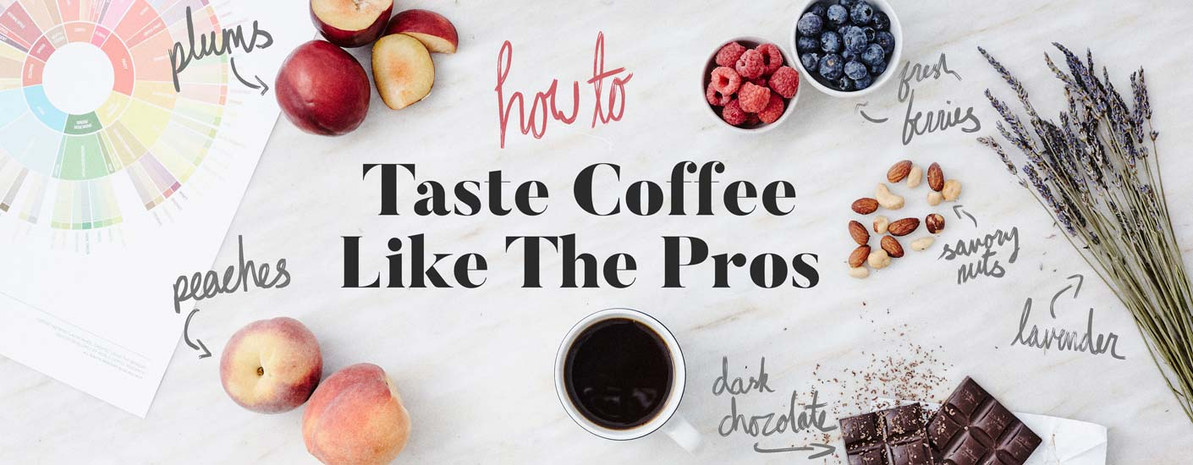Coffee 101: How to Taste Coffee Like the Pros
Some coffee flavor descriptions seem like a secret code made to be cracked only by those in the know. This guide will put you on your own journey toward decoding those labels and tasting coffee like a pro.
If you’ve ever spent time shopping for coffee, either at your favorite local cafe or online, it’s almost certain that you’ve read through the tasting notes on the bag while trying to make a decision. Descriptions like “caramel and plum with a long finish”, or “blackberry and cocoa, orange blossom aromatics” printed conspicuously like some secret flavor code made to be cracked only by those in the know. You wouldn’t be alone if your initial response to these seemingly impossible claims is some mixture of confusion, curiosity, and disbelief—but, if you’ve ever wondered “are they serious?” or, "wait, is this flavored coffee or regular?" then this article is here to guide you on your own journey of scintillating sensory satisfaction, and ultimately into impressing your friends with your highly attuned taster.
Can Coffee Really Taste Like Anything Other Than Coffee?
It seems appropriate to take a moment here to answer a real and very valid question, “Can you really taste all of those flavors in coffee?”. Without getting too technical the answer is: absolutely you can! Roasted coffee contains hundreds of organic compounds in varying concentrations, and many of those compounds act as the building blocks to all kinds of flavors; organic acids can make coffee crisp or bright like fresh fruit, caramelized sugars can make coffee sweet like toffee or honey, and bitter compounds can add complexity like dark chocolate or red wine. In fact, World Coffee Research has developed a whole Sensory Lexicon to work toward a comprehensive list of flavors found in your morning cup of joe. Since this is Coffee 101 we won't be diving into all 14 flavor categories that the Lexicon currently details, but it's good to note that this free resource is available for any and all to peruse and utilize if you find yourself interested in what the official references are for particular flavors and aromas.
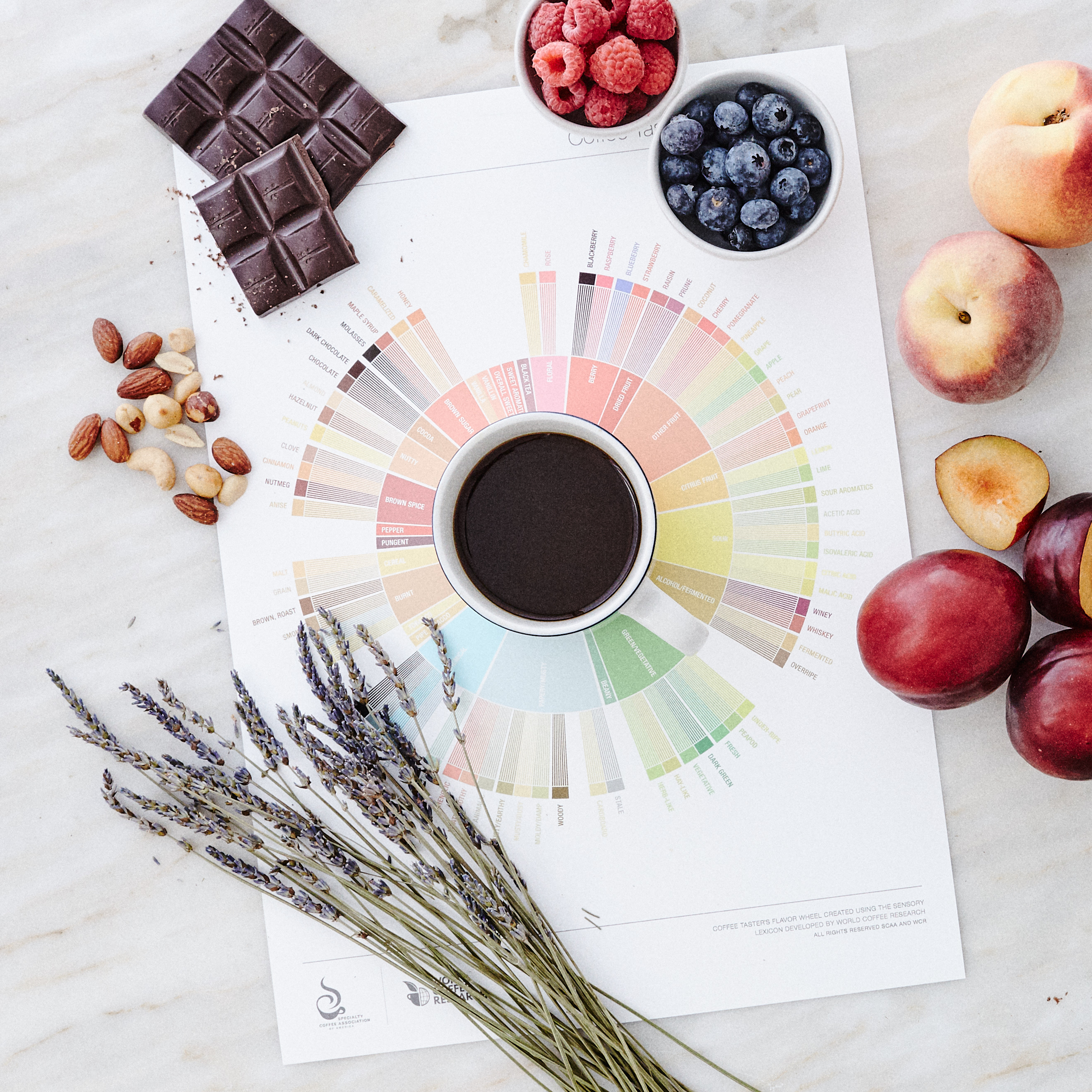
You absolutely don’t need to know why coffee can taste like so many other things, but if you’re willing to accept that coffee can have some of the broadest flavor diversity of almost any agricultural product then you’ll be off to a great start.
What to Taste For: Flavor Categories 101
Having a few genres of flavor to think through while tasting is a helpful tool for beginners and veterans alike. These categories provide some context and structure for you if you work through them one at a time. There's more to flavor perception than just tasting—we'll get to aroma, acidity, body, mouthfeel, and balance shortly—but these 4 categories will be a great starting point for understanding what your tongue is trying to tell your brain.
-
Fruit: This may seem like a stretch to some, but fruit flavors are some of the most commonly found tasting notes in specialty coffee; we can thank coffee’s acidity for this fun (and perhaps unexpected) experience. If your palate is sending your brain signals like bright, tart, mouthwatering, or even sour, you’re likely experiencing a fruit flavor.
-
Sweet: Sweetness may or may not be the word on the tip of your tongue when you think of your favorite bag of beans, and admittedly sweetness in coffee won’t always come across the way that people often think of sweet and sugary confections. Because of the caramelization process that occurs during roasting, sweetness will often be perceived as browned sugars or “dark” sweetness—think honey, maple syrup, or caramel.
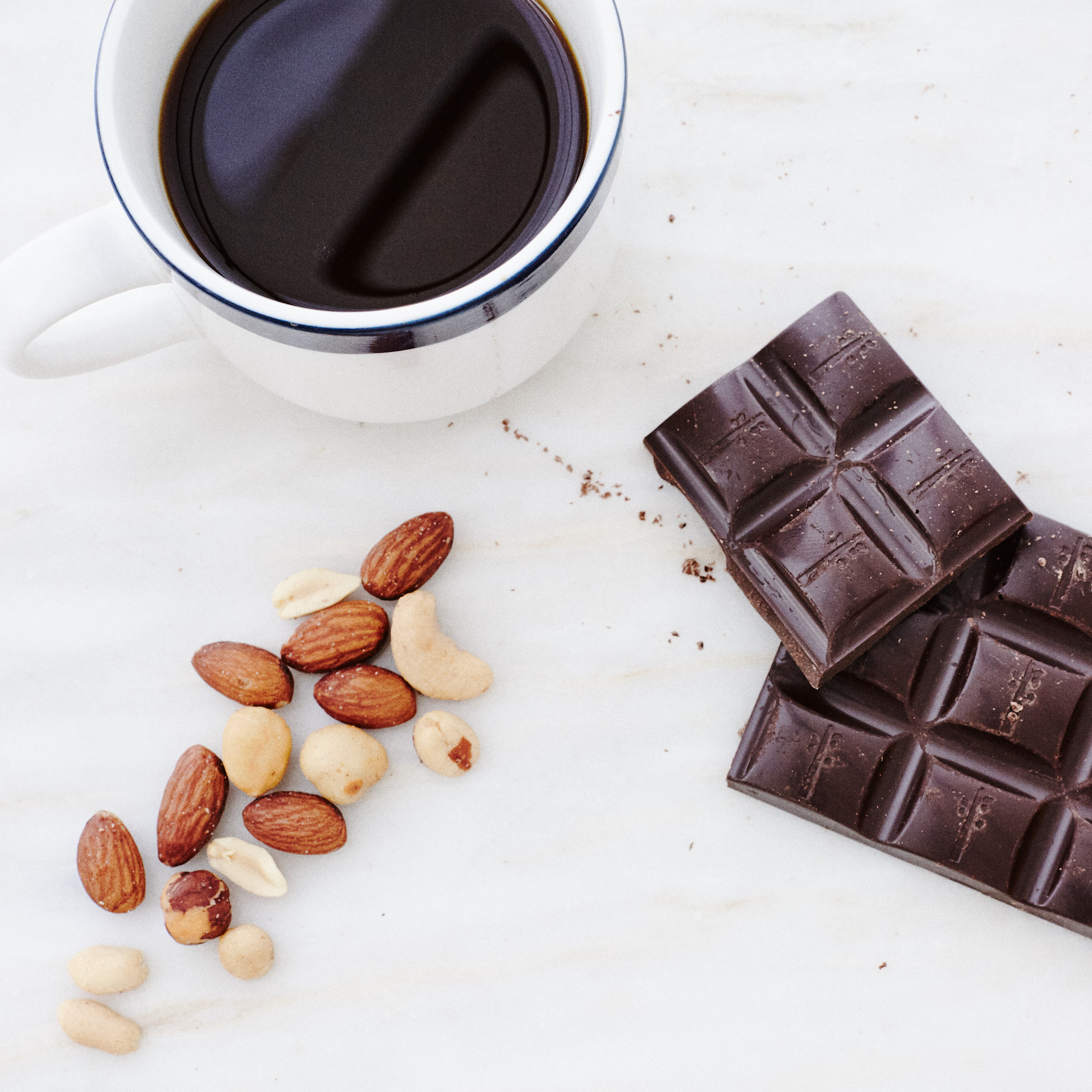
-
Savory: Nutty, spiced, earthy, or even downright roasty, savory flavors oftentimes carry a lot of the load in coffee. Savory coffee can be wonderful, but this seems like a good time to remind you that not every flavor in every coffee will be delicious. Mushroom, tobacco, or tomato might not be your favorite, but don’t hesitate to call ‘em like you see ‘em.
-
Bitter: Though “bitter” isn’t a flavor that coffee people often use to advertise their brews, it has to be said that coffee just wouldn’t be the same without it. In fact, caffeine itself is naturally bitter—so much so that caffeine solution is used as the basis for understanding bitterness in the Sensory Lexicon. Bitterness brings balance to all of the other flavors in the cup; it can add layers of flavor like dark chocolate or cocoa nibs, or even round out fruit flavors like the bittering finish to a strawberry.
From Taste to Flavor and Beyond
A quick glance at any coffee grading form or list of flavor descriptors will tell you that there’s more to a cup of coffee than just the way it tastes. Acidity, aroma, balance, body, clarity, finish, and mouthfeel are all qualities that contribute to your total experience and are worth taking into account as you continue to grow as a taster. These can be more subtle experiences than taste perception—don’t be discouraged if they seem a bit complicated to start (I really can’t tell you how many times I had acidity explained to me before it finally clicked!) and don’t feel like you need to master these from the get-go. Getting comfortable with taste first will make these easier to grasp later on, but over time you can learn to identify these just the same as you can learn to tell an apple from a pear!
-
Acidity: When we talk about acidity in brewed coffee we are not referring to its pH level (which tends to be around a 5 on the pH scale, making it more acidic than cucumbers and less acidic than apples). Acidity in coffee is instead the perception of how the brew feels on your palate (separate from body or texture!), often talked about using words like lively, tannic, mellow, or sharp. Does your coffee give you the impression of red wine? Apple juice? Fresh citrus? Berry jam? Acidity is a major factor in all of those experiences!
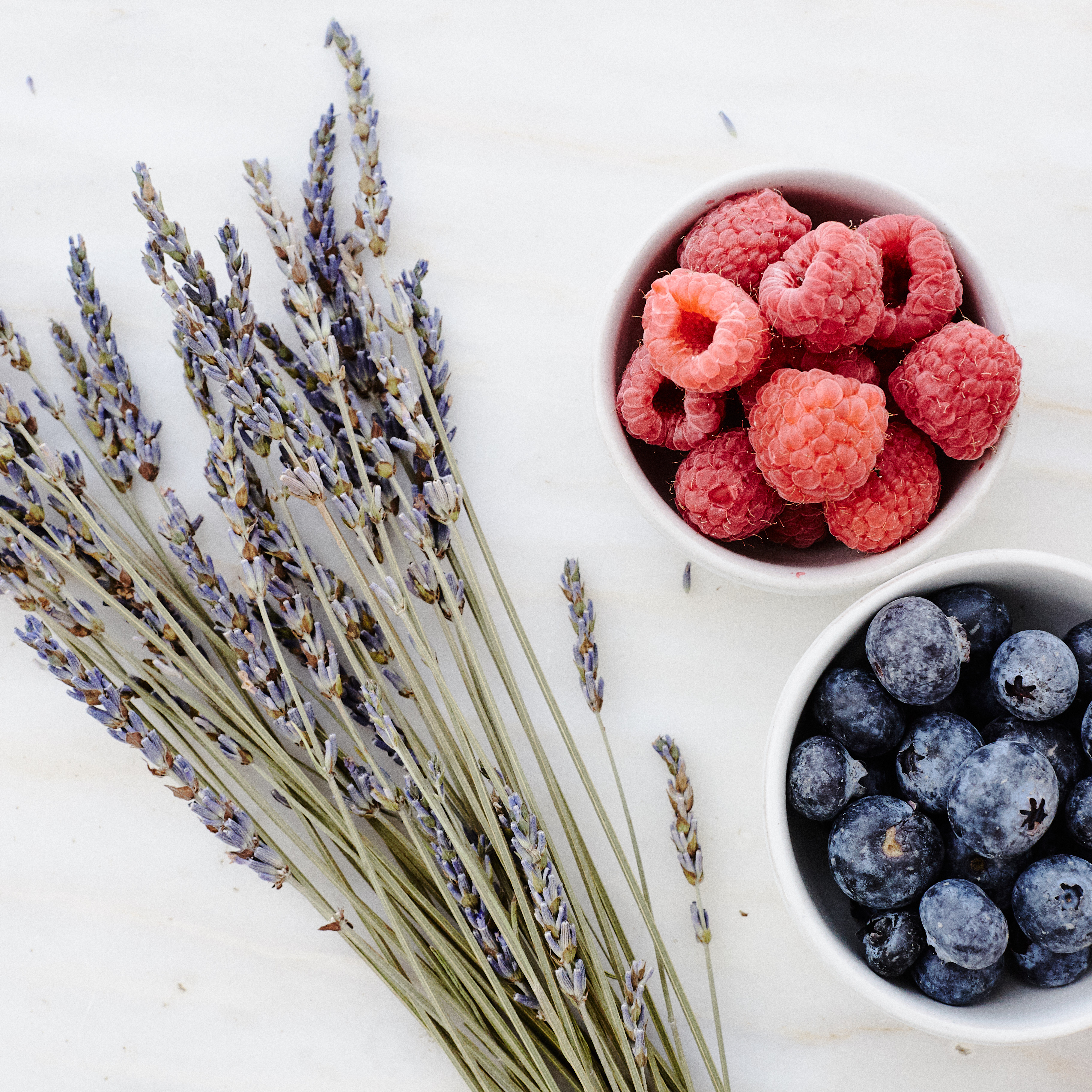
-
Aroma: Aroma is straight-forward enough on its own, but its importance in coffee is second to none. Taste (gustation) and smell (olfaction) come together in the brain to create what you experience as flavor, which means the aroma of your brew will start telling your palate what to expect before you even get a chance to take a sip! Coffee can smell fruity, floral, savory, roasty, and loads more; don’t underestimate the value of your nose the next time you’re diving into a mug of the good stuff.
-
Balance: With so many different attributes to consider it’s important to make sure that they all stay in concert with one another. Is the acidity too flat for the fruit flavors you taste? Is the body appropriately luscious for those chocolate notes you’re loving? Balance will take the whole cup into account and tell you how well each individual component dances with all of the others.
-
Body/Texture: These will be the actual tactile impressions you get on your palate, ranging all the way from “watery” to “chewy”. Body and texture will vary based on the kind of coffee beans you’re using, the brew method you choose, and the filter used in that brewer. There won’t be necessarily good or bad descriptors, but a body and texture that matches the rest of the brew’s characteristics can make or break a cup of coffee.
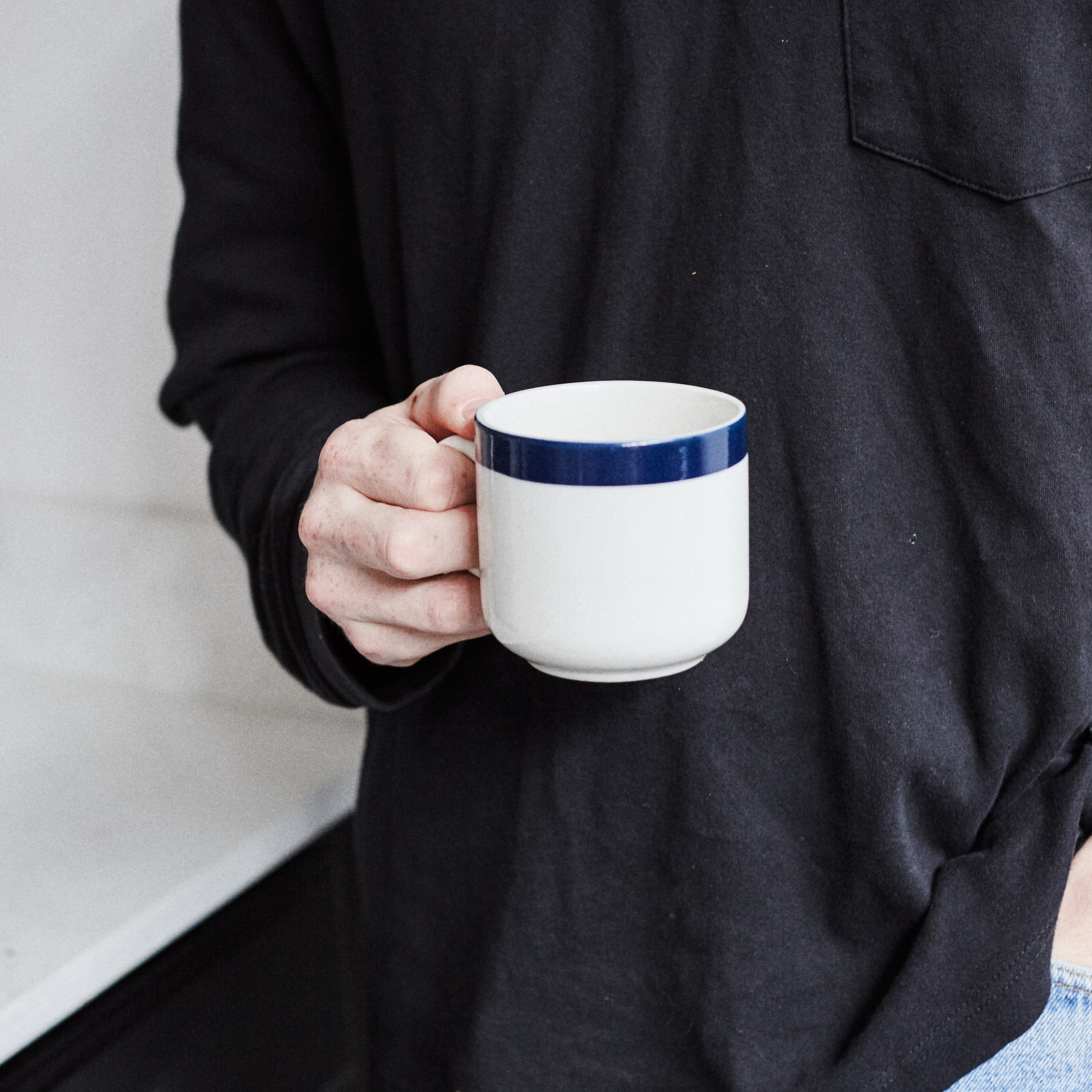
-
Clarity: Clarity asks whether or not the taste components in your brew are obvious or muddled. This attribute will be difficult to assess before you’ve achieved some mastery of identifying flavors, but clarity is often a highly valued characteristic among specialty coffee lovers.
-
Finish: The length and quality of aftertaste is the last impression you have of your cup of coffee. Does the flavor dissipate quickly? Is it long-lasting but bitter? A long and satisfying finish is ideal for most folks; a sweet reminder of that glorious brew you got to enjoy.
Being A Better Taster Every Day
Of course, like all worthwhile skills, becoming a world-class coffee taster takes intention, practice, and patience. The real work of finding flavors hiding in your cup is in developing a catalog of flavor memories to recall later on. The brain does a masterful job at remembering and categorizing flavors already, but with a little direction you can help yourself toward having more complete, timely, and accurate recall of what exactly your palate is telling you! Here are a few recommendations for building and learning to access that catalog like a pro.
-
Taste every day. No need to cup coffees daily or to analyze every sip you take, but making an effort to think for even a few seconds about a flavor you’re experiencing (in your coffee, your lunch, or anytime) will help build the habit of considering flavor actively. Eventually, once you've built the habit of active tasting, it'll be easy to follow the mantra of flavor professionals everywhere: "taste everything always".
-
Comparative tasting. Your palate will learn best through comparing and contrasting similar flavors. Ask your local coffee folks if there are public coffee cuppings you can attend, or even set one up for yourself at home. Get some friends together and try tasting a few different apple varieties, chocolates with different cocoa contents or that are from different origins, or even a few fancy cheeses. Talk about the differences and each sample’s defining characteristics—is a yellow peach sweeter than a red plum? What separates dark chocolate from cocoa nibs?
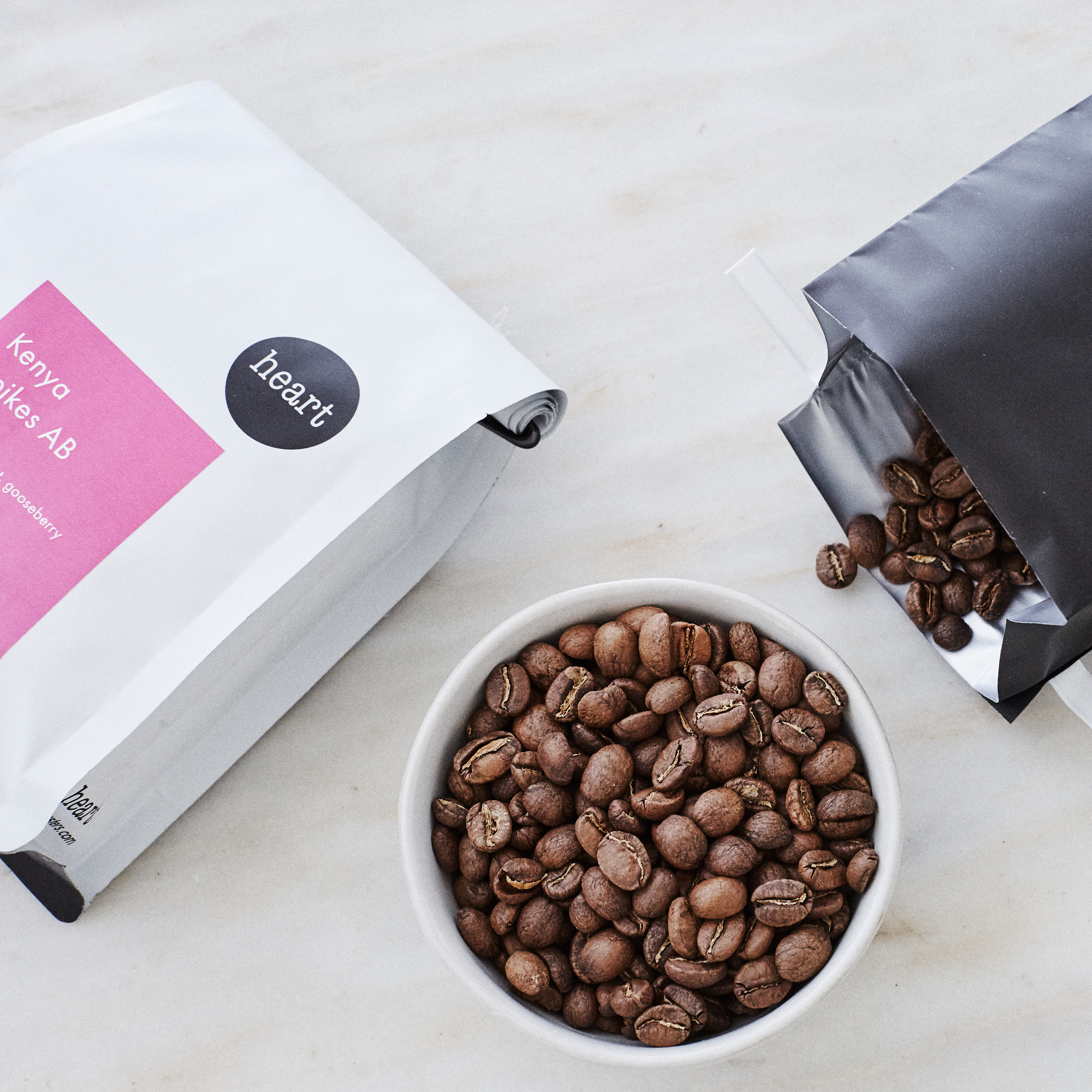
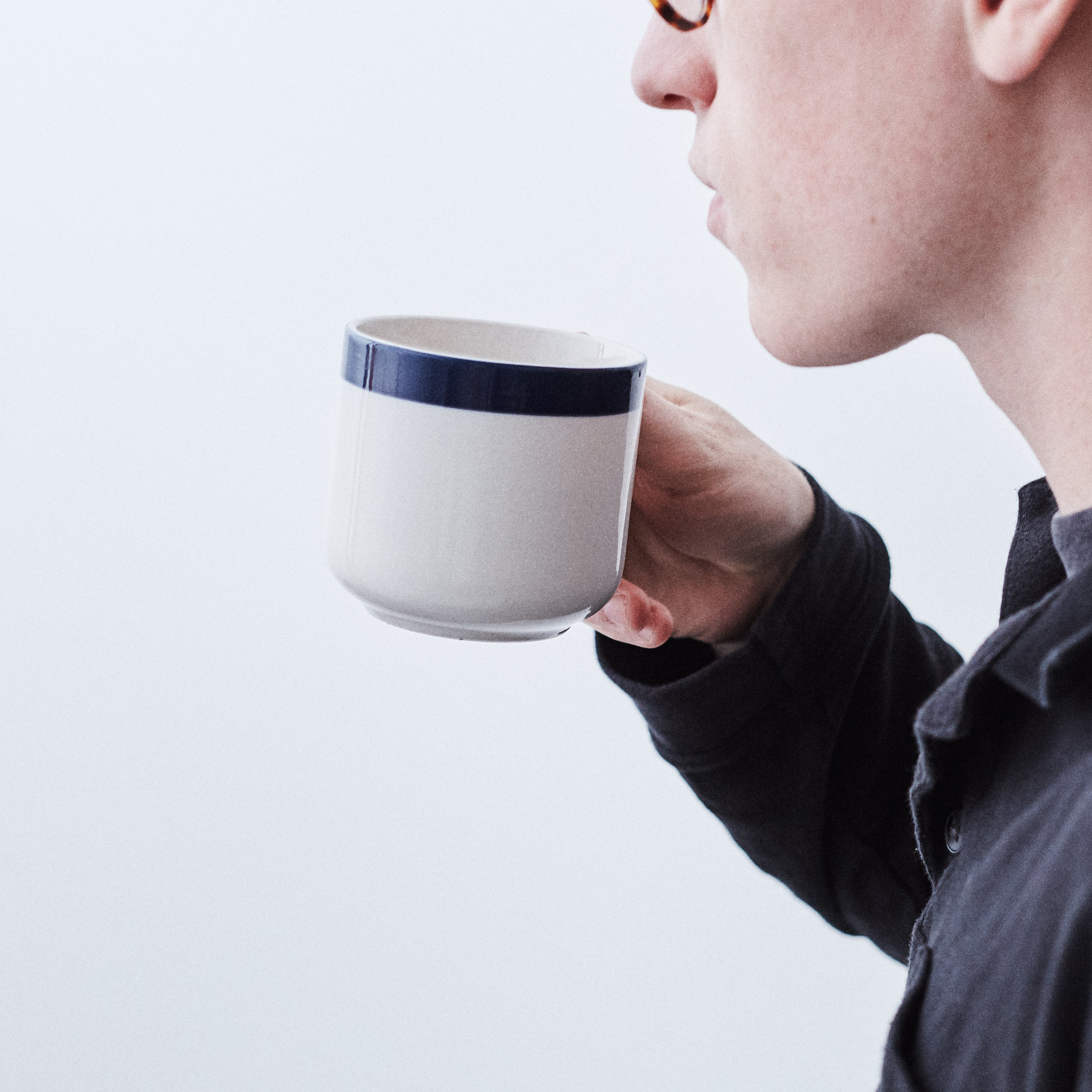
-
Step out of your comfort zone. Seek flavor experiences that you’re unfamiliar with or don’t have a reference for. Being a good taster is constant growth and experimentation. Buy the fruit you don’t recognize, order the cocktail you’ve never tried, go back and taste something that you decided years ago you didn’t like and see if it’s different than you remember.
-
Trust your instincts. Humans have an incredible flavor memory, and chances are you’re already a better taster than you know. Don’t hesitate to write down a tasting note or ask a friend if they’re getting the same thing—learning to taste isn't about being right or wrong, and hearing from other people with different flavor catalogs to pull from is one of the best ways to find out what the next flavor is that you need to seek out to learn.
Now get out there and taste! Take it slow, follow your intuition, and always be ready to learn something new—soon enough you’ll be wowing baristas and loved ones alike with your grand gustatory guile, your superb sensory savvy, and your propensity for perfect palate perception.
Happy tasting, y’all.
